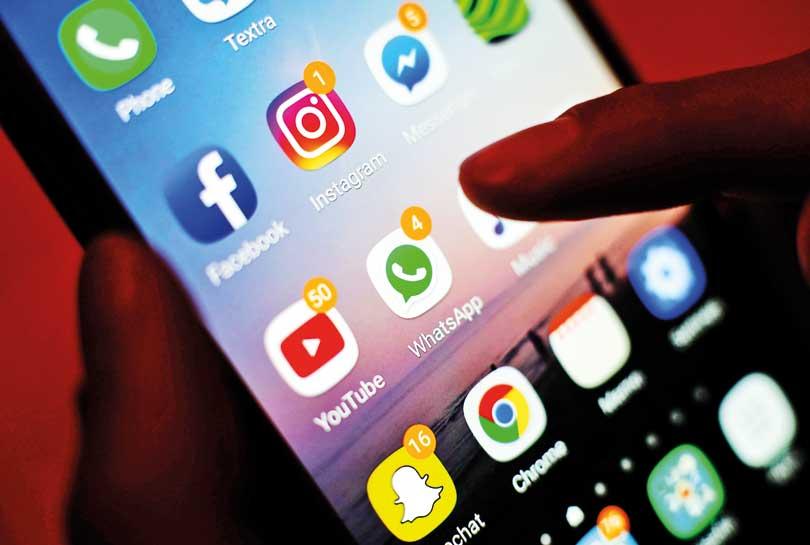Reply To:
Name - Reply Comment
Last Updated : 2024-04-25 21:01:00

 The horrendous terror attacks brought attention to the role of social media. It now seems almost inevitable that any major social event will be assessed in some way on what role social media play.
The horrendous terror attacks brought attention to the role of social media. It now seems almost inevitable that any major social event will be assessed in some way on what role social media play.
In this instance, the impact is multi-faceted. The block, which came into affect several hours after the attacks, was the second time in little over a year that the Sri Lankan Government had blocked social media; the last being during the riot in March 2018.
Last year, there was evidence to show social media, especially Facebook and WhatsApp, were being used to spread hate speech and probably share information if not organise mob attacks. This time, however, the block was preemptive. It appeared that it was the natural extension of the heavy security response to the attacks.
There was widespread support for the block among the general citizen, even as many of them were using VPN technology to circumvent the very move. That support seems to stem from the belief, not completely unfounded, that the terror networks could use the web to organise themselves more effectively and that hate speech spreads faster on the same networks.
The chief architect of the terror plot, Zahran Hashim, simply shifted to Facebook and YouTube when the mosque he founded in Kattankudy banned him from preaching there some two years back.
The sickening second acts to attacks were the videos, skittish in nature, but made to drive terror into a population already traumatised by the wanton destruction of innocent lives. In the first instance, overcrowding of the frame probably took out some of the sting from the supposed message from the grave. Nevertheless, as with the Christchurch attacks, but to a lesser chill effect, the web was used as an integral part of the attacks.
Authorities were probably acting on their assessment of the effectiveness in the social media ban last time when they went ahead with it this year. This in turn made it look as if the move had become a compulsory act in crisis management.
If the authorities had leant any lesson, the typical social media user was not far behind. Last year, when the block came into effect, the inquiries on VPN were coming in, in bucket loads. This time around, there wasn’t even a murmur on that – everyone knew what to do to get on their favourite network – Facebook. And most did.
Social media became the main conveyor of news, tips, leaks and even outright hoaxes. The intelligence warning of the attack first made its appearance on social media. I first saw it on a very popular WhatsApp group used by journalists as an information laundromat. It appeared several hours after the blasts. In the same forum, it was rejected as a hoax. But it never really went away and multiple journalists began checking on its veracity.
Not only was it proved to be authentic, but the same evening Prime Minister Ranil Wickremesinghe met his parliamentary group with that letter in his hand. By then, it was viral and formed the basis of nationwide outrage.
The letter would not have gained such widespread public circulation if not for social media. We again circle back to the crucial points, there is no way you can ban social media completely, unless you simply pull the plug on full web access, even then, you still can’t stop it.
But without platforms like Facebook playing a far more proactive role in moderation of content in languages like Sinhala, dealing with hate speech and fake news will always remain playing catch-up. What the past week also showed was that social media is now a way of life. With all its negative traits, it still is something most of us use of mundane things, like to show where we went or an errant driver or a celebrity who just happened to walk past.
Its role is only going to get more prominent in the future.
The writer is the Asia-Pacific Coordinator for the DART Centre for Journalism and Trauma Twitter - @amanthap

Add comment
Comments will be edited (grammar, spelling and slang) and authorized at the discretion of Daily Mirror online. The website also has the right not to publish selected comments.
Reply To:
Name - Reply Comment
US authorities are currently reviewing the manifest of every cargo aboard MV
On March 26, a couple arriving from Thailand was arrested with 88 live animal
According to villagers from Naula-Moragolla out of 105 families 80 can afford
Is the situation in Sri Lanka so grim that locals harbour hope that they coul